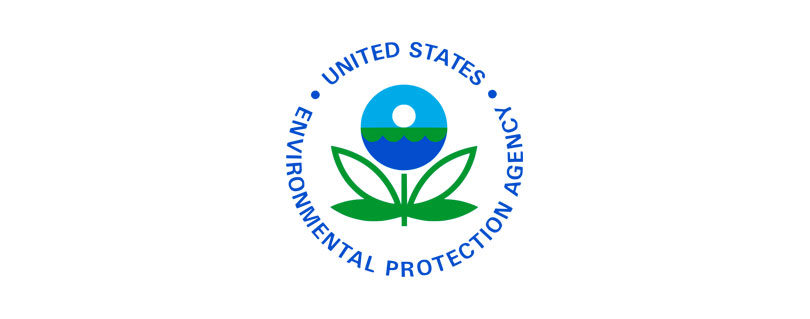Proposed Settlement Resolves EPA Clean Water Act Claims Against Maine Fish Hatchery
Publilshed by the U.S. Environmental Protection Agency (EPA)
BOSTON – The U.S. Environmental Protection Agency (EPA) has reached an agreement with the U.S. Fish & Wildlife Service that will require the Craig Brook National Fish Hatchery in Orland, Maine, to take specific actions to reduce the amount of phosphorus it discharges to Alamoosook Lake.
The Craig Brook National Fish Hatchery, which raises salmon for an endangered species restoration, has been unable to meet the phosphorus effluent limitations in its discharge permit issued by the Maine Department of Environmental Protection pursuant to the federal Clean Water Act. These limitations are necessary to prevent eutrophication of the receiving water body that can cause harmful algal bloom and fish kills.
“Harmful algal blooms in New England waters have been increasing in recent years and need to be addressed in order to protect human health and the environment,” said David W. Cash, Regional Administrator of EPA’s New England Office . “We appreciate that the Service has worked cooperatively with EPA in an effort to protect Maine’s water quality.”
During negotiations on the agreement, the Service proactively instituted certain changes to the hatchery’s operations, resulting in reductions of the phosphorus discharge. Under the agreement, if the fish hatchery cannot meet the annual phosphorus limitations in its current permit by 2025 with these, and/or other best management practices, it will need to evaluate and institute either construction of a wastewater effluent bypass to a larger downstream waterbody that can better assimilate the phosphorus discharges or, alternatively, fish reduction at the facility, thereby reducing the amount of phosphorus produced.
Should either of these alternatives prove infeasible, the Service is required to do a pre-feasibility level study on relocating the Craig Brook National Fish Hatchery (either solely or as part of a consolidation with other hatcheries). The agreement is also designed to allow for further negotiations should a new permit be issued that has more stringent phosphorus requirements.
For more information:
- EPA information on Clean Water Act requirements is available at: https://www.epa.gov/enforcement/water-enforcement
Read the full article at: https://www.epa.gov/newsreleases/proposed-settlement-resolves-epa-clean-water-act-claims-against-maine-fish-hatchery



